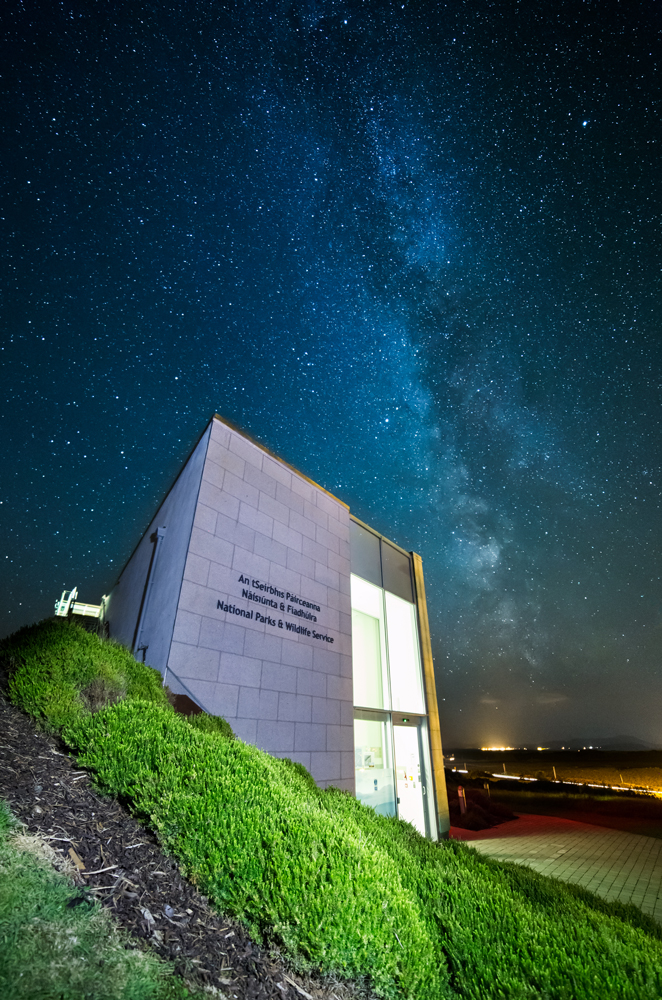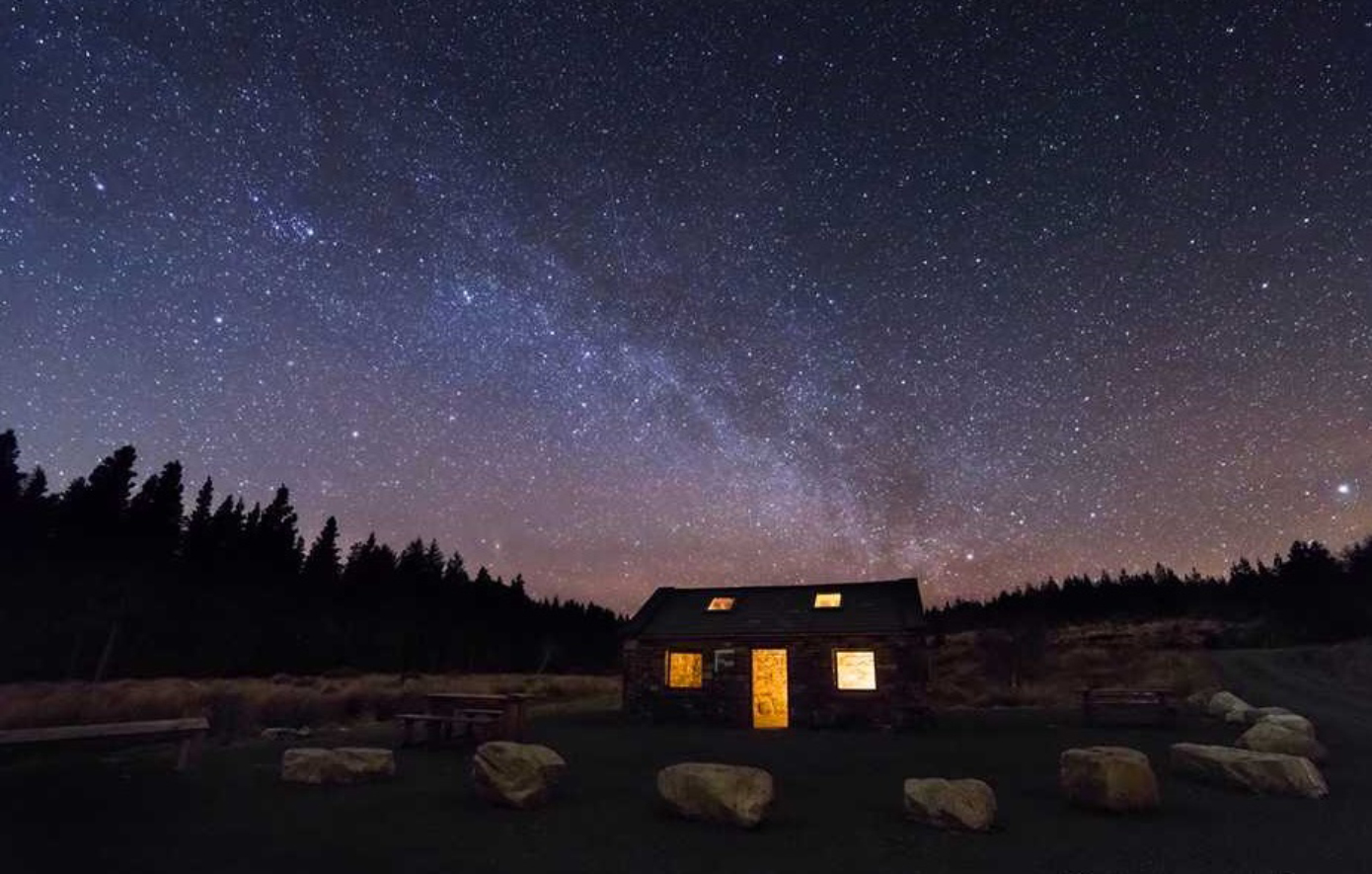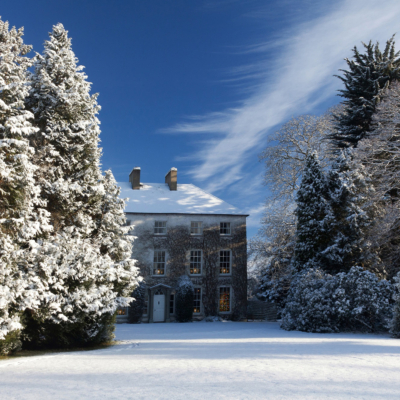Ireland offers some of the darkest night skies in Europe and avid stargazers can visit two International Dark Sky places and other vantage points. Astrotourism is on the up …
The twinkling span of the Milky Way, a meteor streaking across the horizon… There is something primal and grounding about watching the night sky, giving us a sense of perspective about our place in the universe. And it’s not just for pros, or even enthusiasts. Those simply seeking to experience afresh a sense of wonder might think about taking a stargazing trip. Nestled between the remote Nephin mountain range and the Atlantic coast, Mayo International Dark Sky Park (accredited in 2016), the first Gold Tier International Dark Sky Park, offers some of the most pristine skies in the world. On a clear night you can see over 4,500 twinkling stars.
“We need darkness as much as we need light,” says Georgia MacMillan, Development Officer for Mayo Dark Sky Park. “Artificial light can affect the daily life cycle of all animals, leading to confusion in navigation, imbalances in the food chain and disruption to natural daily cycles. This is one of the reasons that the dawn chorus of birds can be heard in the middle of the night in towns and cities across the world. In the park, we offer a refuge from urban environments and an opportunity to see skies which are protected from light pollution.”
All you need to do, she says, is wrap up warmly and bring a flask of hot chocolate and a red torch (red light is gentlest on dark-adapted eyes). For a self-guided experience, download one of the sky maps from www.mayodarkskypark.ie. Sales of telescopes soared during lockdown, according to specialist retailers, but a pair of binoculars will suffice for beginners.

Georgia MacMillan explains what we can see in the night sky in November. “Looking north, the skyscape never changes. The North Star is like the centre of a clock face surrounded by the circumpolar constellations. Looking south at this time of year, the constellations of Taurus, Orion and Pleidaes (“The Seven Sisters”) are easily spotted. Our nearest neighbour, the moon, is always a beautiful sight.”
Since 2001, naturally dark places have been under the protection of the Tucson-based non-profit organisation International Dark-Sky Association. There are over 150 places now designated under its dark sky certification programme. Kerry International Dark Sky Reserve (accredited in 2014), incorporates the Ring of Kerry and spans 700 square kilometres. For astrotourists, the Royal Valentia Hotel on Valentia Island (www.royalvalentia.ie) offers frequent Dark Skies weekend packages, which also includes stargazing on the Skelligs, a paradise for Irish astrophotographers such as Brian Wilson and Anthony Lynch.

The OM Dark Sky Park and Observatory in Davagh forest near Omagh, is also accredited (in 2020), while Lough Gur, between the hills of Knockfennel and Knockadoon in Co Limerick is currently filing for Dark Sky Park status. Astronomers often head to Dunluce Castle on the Antrim coast. The area is designated “Milky Way Class” meaning the galaxy is visible with the naked eye on clear nights. It’s also visible in many parts of Co Clare, especially the Burren. Enthusiasts might also be interested in an Irish astronomy trail of eight astronomical landmarks from Newgrange in Co Meath to Birr Castle, Co Offaly, home to the Leviathan of Parsonstown – the largest telescope on the planet. This year the Castle launched a twokilometre X-Trails Solar Trail, which aims to give a new perspective and appreciation of the planets and our place in space.
But what about those who are afraid of the dark? MacMillan is reassuring. “It’s much easier to walk in a dark place than in cities at night. The light from the stars and the moon help with our innate night vision which is impaired by the shadows cast from street lights in cities and towns.”
Visit www.darksky.ie and astrotourism sites www.galacticireland.com and www.terrafirmaireland.com, for more information.










